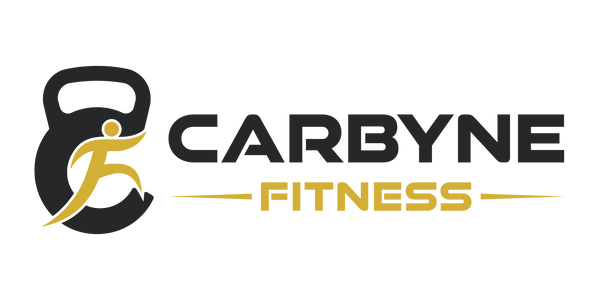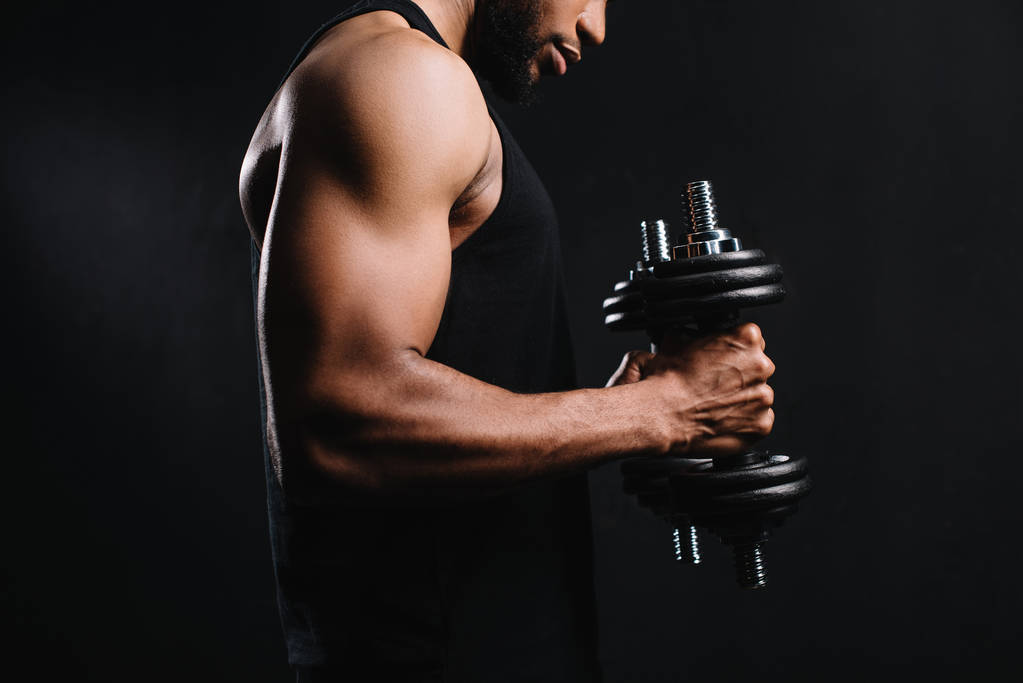Most gym enthusiasts complain about the pain associated with holding dumbbells. This is a situation that occurs frequently. Most people in the gym would grip dumbbells so hard with no idea that the wrong grip position often leads to pain in the wrists and reduces workout effectiveness.
It can be attributed to the widespread belief, that the stronger the grip, the better the results. However, this method transfers the burden to forearms and wrists causing unecessary superfluous overwork to target muscles. Learning how to do it correctly will avoid these problems and enhance the general training outcomes.
The Perfect Dumbbell Grip: Step by Step
Where to Place the Dumbbell Handle
The trick begins with positioning. Rest the dumbbell at the base of your knuckles on the palm of your hand and not in the centre of your palm. As you call on your grip, you should automatically have the handle moving towards the middle of your palm. This stance relieves your forearms of all the work and allows your target muscles to assume the role.
Your grip line and palm crease should match up perfectly. Think of it as creating a straight line from your knuckles through your wrist to your forearm. This alignment keeps everything stable and strong during your workout.
The Four-Finger Plus Thumb Rule
Wrap your four fingers around the handle first, then bring your thumb over your index finger for extra support. Some individuals are capable of spanning their index and middle finger but at least, your thumb must cross over your fingers. This hand position will provide you with additional strength, as well as control, as you begin to lift heavier weights.
Maintain straight, rigid positions on wrists when every movement. Your wrists should maintain no bend or angle, like your hands, wrists, and forearms have one straight line. In case you find it hard to keep the wrists straight, you are lifting too heavy and should reduce the weight.
Common Grip Mistakes That Hurt Your Wrists
The Death Grip Problem
By trying to squeeze the dumbbells until your knuckles turn white, you are subjecting your neck, shoulders and forearms to the unnecessary tension. Rather, set the handle in a light grip - the dumbbell must be at the rest of the palms instead of being crushed down by your fingers. Try wiggling your fingers occasionally during your set to remind yourself to loosen up.
Wrong Hand Positioning
Many beginners place the dumbbell too high on their hand where the fingers meet the palm. This makes your fingers the limiting factor and prevents you from building proper hand strength. Others forget to use their thumbs entirely, missing out on that crucial extra grip support.
Best Grip Positions for Different Dumbbell Exercises
Neutral Grip for Safety
With palms facing one another, you do both press and pull movements with the use of the neutral grip. This pose adjusts your shoulders in the most secure position. The grip places less stress on your wrists compared to other grip types, and is particularly ideal when one is recovering back after an injury in the wrists.
Semi-Neutral for Press Movements
When dealing with bench press and shoulder press exercises, experiment with 45 degrees of the dumbbell handle. It is less extreme in position than neutral, so it is comfortable and powerful to most individuals, being right in the middle between neutral and traditional. The force setting can be adjusted a few degrees in either direction to what the body thinks is best.
Exercise-Specific Grip Tips
For bicep curls, let the weights roll slightly within your palms as you curl up and down. During rows, hold the dumbbell closer to the bottom of your fingers with a gentle grip. For overhead triceps work, create a diamond shape with your pointer fingers and thumbs while keeping tension light.
Preventing Wrist Pain During Weight Training
Strengthen Your Grip and Forearms
Weak grip strength often leads to compensation patterns that hurt your wrists. Add wrist curls, reverse wrist curls, and farmer's walks to your routine. These exercises build the smaller muscles that support your wrist joint during heavy lifting.
Warm Up Properly
Always warm up your wrists before grabbing any weights. Do gentle wrist circles, flexion, and extension movements to prepare your joints. If an exercise requires your wrist to bend 90 degrees, stretch into that position before adding any load.
Use Proper Equipment
Consider wrist straps for heavy pulling exercises when your grip becomes the limiting factor. Wrist wraps can provide extra support if you're dealing with pain. However, don't rely on these aids for every workout - your natural grip strength needs to develop too.
Why Carbyne's Adjustable Dumbbells Make Proper Grip Easier
At Carbyne Fitness, we understand that proper grip starts with quality equipment. Our adjustable dumbbell sets in Singapore feature ergonomically designed handles that support natural hand positioning. The premium cast iron construction provides a solid, secure grip surface that won't slip during your home workouts.
Our adjustable dumbbell systems let you train with the right weight for your fitness level. Start with 1kg increments and adjust up to 25kg per dumbbell as your strength training progresses. The multifunctional design works for every exercise from curls to squats, making it perfect for building muscle at home.
Visit our shop to find the complete dumbbell set with a stand that transforms any space into a premium home gym. Whether you're doing gym workouts or home workouts, our portable equipment gives men and women in Singapore everything they need for effective weight training.

